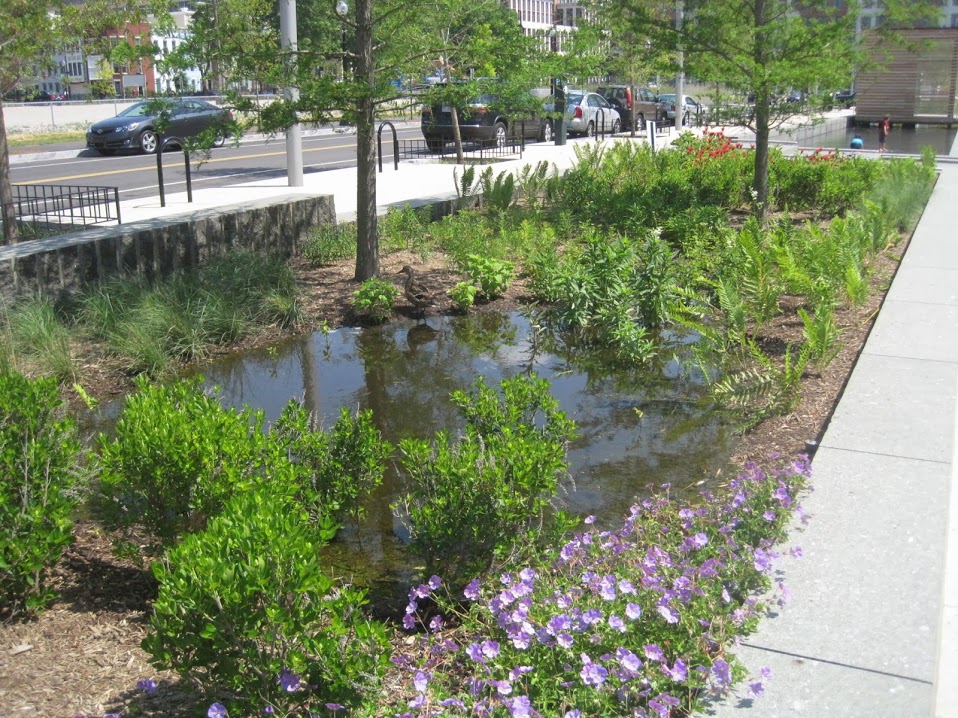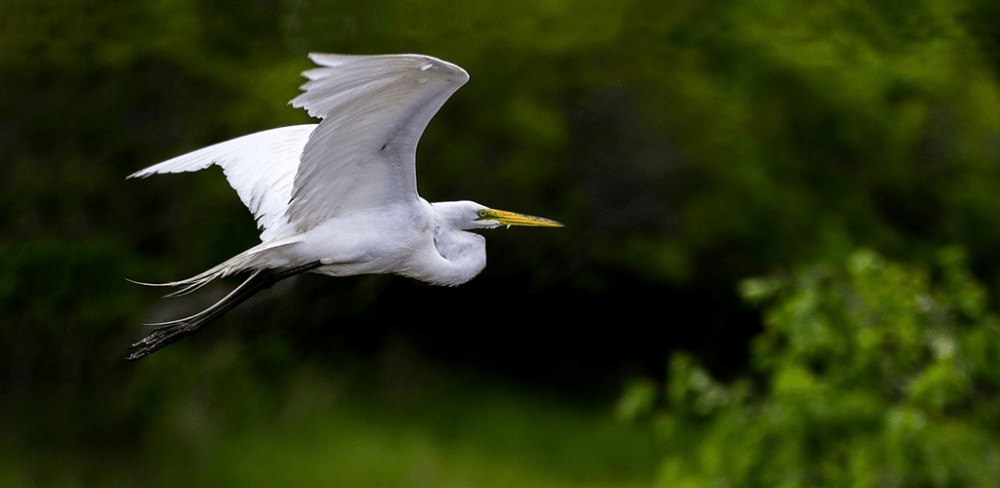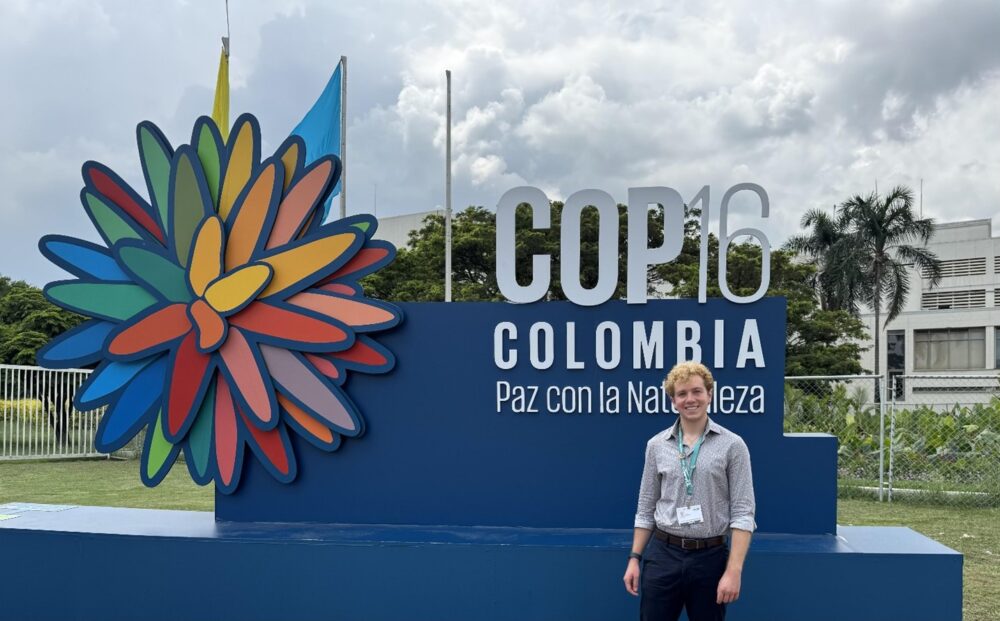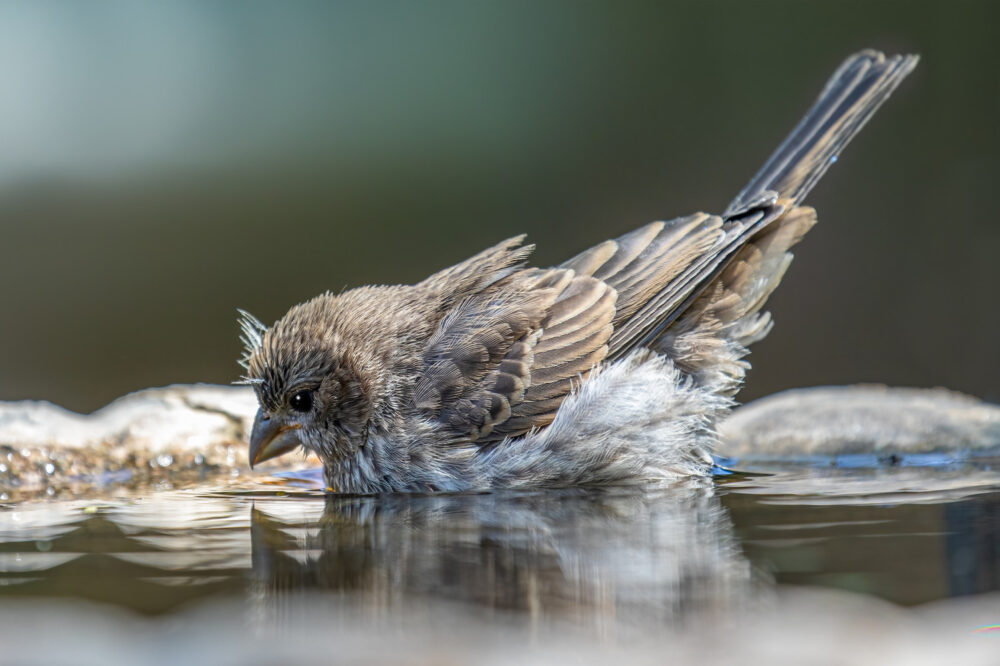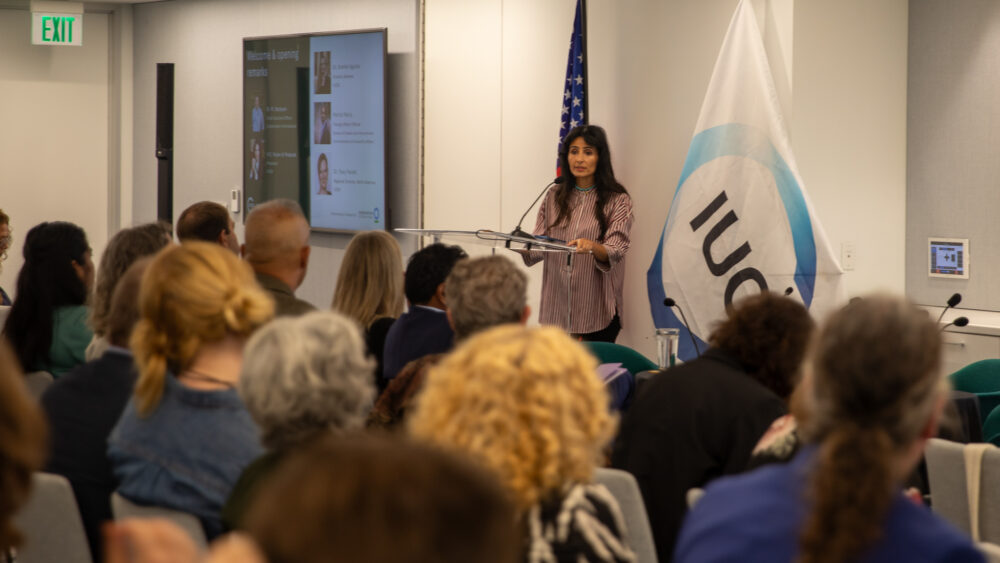We have much more to do and your continued support is needed now more than ever.
Confessions of a Brown Girl in the Green Field: Thoughts and Reflections from the PGM ONE Summit
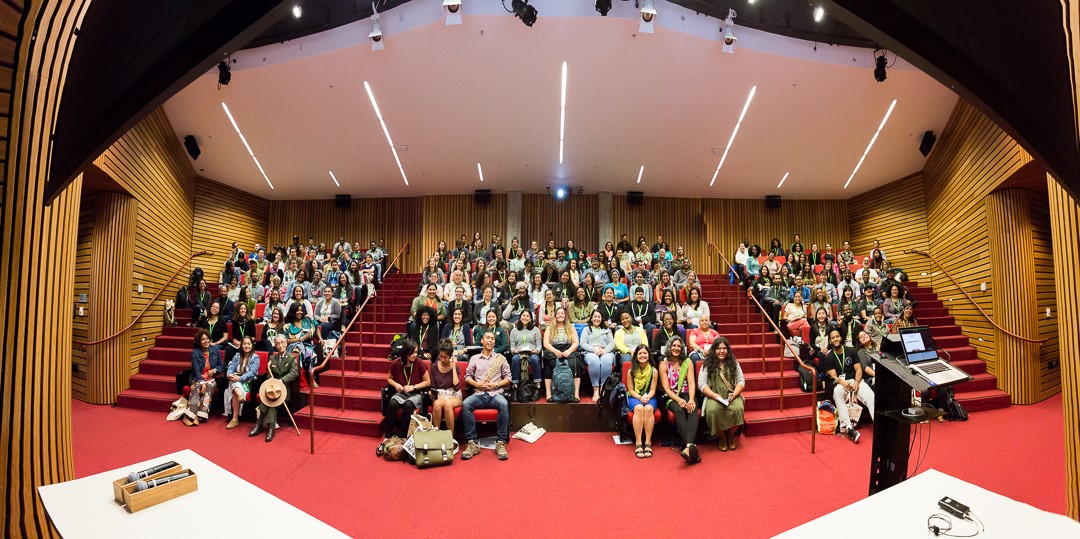
At first, I was nervous. Intimidated by all the long paragraphs of accomplishments from presenters. I was going to be in a room full of people that looked like me, talked like me, but most importantly, thought the way I do. People who understand the importance of history and awareness of the social and institutional barriers that disallow people from either connecting or appreciating our natural ecosystems will be vital when reversing the decline of wildlife. Being in a room full of black and brown environmentalists is a very unique opportunity. And if you wonder why I was at awe, I’d suggest you do some digging around about the state of the environmental field, especially when it concerns the lack of racial diversity.
Never had I felt as uneasy or anxious in stepping into the People of the Global Majority in Outdoors, Nature and the Environment (PGM ONE) Summit as I have when stepping in a room full of white conservationists. Don’t get me wrong, I was also super excited and overjoyed. I was finally going to be able to meet and re-connect with the people of color within the National Wildlife Federation (NWF). It is a humbling experience to feel supported by your organization that recognizes and respects the need for safe spaces where black and brown people can talk, connect and heal. Especially now, more than ever, as our communities and families face a plethora of threats that range from police brutality, poverty, discrimination, deportation, misrepresentation and the list goes on and on. All these mixed emotions culminated as I took a seat in the theater, awaiting to hear the opening remarks. But as soon as we were welcomed by representatives of the native tribe whose land we were on, I felt at home.
The rest of the day and a half together, we engaged in a variety of discussions that questioned antiquated conservation approaches, brought to light the importance of reclaiming our narratives, and allowed us to explore the need for self-care. Throughout these conversations, many people shared their personal struggles and professional barriers that have impacted their ability and strength to contribute to the evolution of the environmental and conservation movement. Stories of micro-aggressions and frustrations, especially when it comes to white people in their organizations and daily life not understanding why a particular phrase or action carries impact. But most importantly, irritation at the way major conservation and environmental organizations separate people from wildlife or only focus on a certain group of people when moving initiatives forward.
It’s interesting to me that a lot of these organizations haven’t taken advantage of the great support and respect communities of color have for the environment. More love and appreciation than most wealthy, white people with power and privilege (which seems to be the target audience often times). Perhaps it’s our cultures, what our ancestors passed down to us. Or perhaps it’s because people of color have faced many obstacles here in the United States of America, especially when it comes to environmental racism. Whatever it is, major conservation and environmental organizations are doing a disservice to themselves and wildlife when not taking these factors into consideration. This shouldn’t be a surprise, especially when you analyze the way the conservation movement began a little more deeply. While the founders of the conservation movement were focused on forests, wildlife and public lands, the way the movement developed excluded many people of color, which often times stemmed from the various prejudices brought forth from these leaders. These prejudices set forth a chain of strategies that although have been successful in many instances, unfortunately are no longer enough, especially when taking in consideration climate change and its growing impacts. We need a larger and more inclusive movement in order to thrive.
Personally, I believe that in order to create the greatest amount of sustainable impact, we need to look at issues holistically. Even if our purpose is to save a particular frog species from extinction—without taking in consideration the surrounding communities and people, the likelihood that efforts will continue far after success is minimal. But in order to ask support from a community, we’ll need to do a better job at listening and caring about the relevant issues that are directly or indirectly impacting them. We can’t solve every problem, but having a baseline understanding of the history of a particular area and being willing to accommodate strategies, based off the expertise and knowledge of community members is key. Forming true partnerships, and spreading a sense that we’re all in this together—every plant, every animal, and every person. Like a healthy ecosystem, every species has a valuable role to play in the existence of life. Maybe this is a little too ambitious, call me crazy, but I have hope.
Finally, it was a true privilege to be able to be surrounded by like-minded individuals. We were able to engage in meaningful conversations and, most importantly, we understood and embraced one another’s unique perspectives and experiences. And as we broke away from the summit, back to work and our daily routines, I’m comforted in the fact that I’m not alone. I’m not the only “crazy” person hoping to evolve the way we conserve and protect our environment for the sake of wildlife, ourselves and the Earth.


